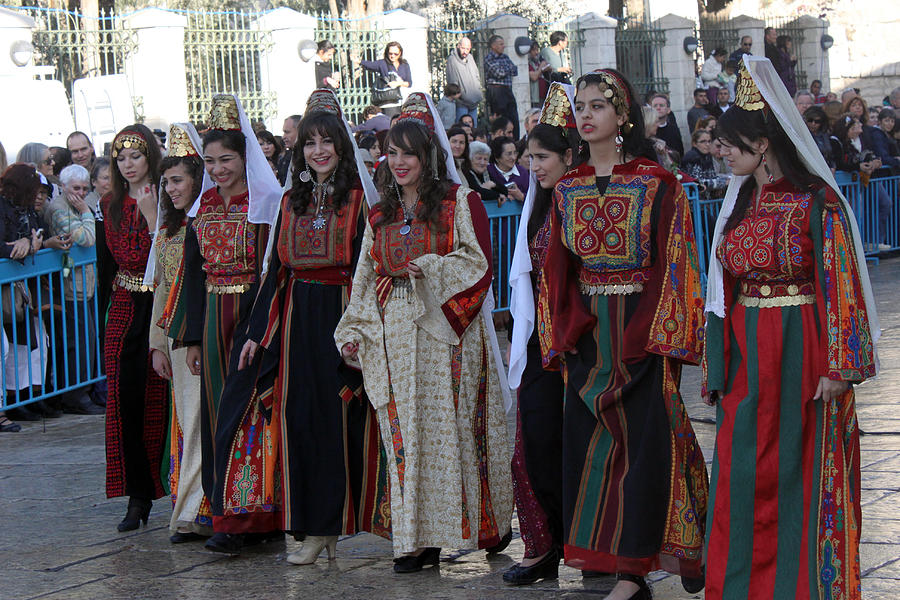The Timeless Elegance of Tatreez: Palestinian Embroidery Unveiled
22nd Dec 2023
Embark on a journey through time and tradition as we delve into the captivating artistry of Palestinian embroidery, known as Tatreez. Once a cherished craft practiced by village women, it has transcended generations to become a profound symbol of Palestinian culture and identity, echoing through the ages. This rich artistic tradition, now prevalent across Palestine and among the diaspora, speaks volumes about heritage, community, and individual stories.

In a significant acknowledgment, UNESCO, in 2021, added the art of Palestinian embroidery to its Representative List of the Intangible Cultural Heritage of Humanity. Tatreez, an ancient embroidery technique dating back to the Canaanite era, is a testament to the resilience and enduring beauty of Palestinian heritage. The vibrant colors and intricate patterns within Tatreez convey social and community status, telling a unique story with each stitch.
Passed down from mothers to daughters, Tatreez showcases a diverse array of designs, with techniques such as cross-stitch and couching stitch being prevalent. As the Palestinian cultural landscape has evolved, Tatreez has remained a vibrant handicraft, serving as a nostalgic reminder of a bygone era for many Palestinians.
Each Tatreez piece is a canvas of personal history and identity, woven with nothing but thread, needle, and color. Levantine motifs reflect matrilineal Palestinian cultural heritage, intertwining with trade routes and textile developments. The geometric shapes and traditional patterns serve as a form of collective memory-making, imprinting impressions of daily life in a maker's geographic location.
The renowned cross-stitch technique, known as 'fallahi (farmers')' embroidery, stands out as a hallmark of Palestinian embroidery. Rich in colors and textures, it features a plethora of traditional motifs, unique to each region. Beyond cross-stitch, techniques like manajel (connecting stitch), tashreem (patchwork), and jadleh (hemming stitch) showcase the depth and complexity of this ancient craft.
Tatreez threads, often cotton or silk, create intricate embellishments on dresses, jackets, cushions, and more. Symbolic elements such as birds, trees, and flowers adorn women's village clothing, reflecting regional identity and marital and economic status. The choice of materials, colors, and designs serves as a visual language, narrating the wearer's story.
Following the Palestinian Nakba in 1948, Tatreez became a poignant symbol of displacement and resistance. Women, expelled from their homes, carried or wore their traditional embroidered dresses, asserting the 'existence' of the villages they had been forced to leave. Despite the challenges, the art persevered, passed down through generations as a testament to resilience.
In the diaspora, organizations like The Thobe Project in the USA actively work to educate and preserve Tatreez skills. Workshops become a tapestry of learning, storytelling, and joy, fostering a sense of community among enthusiasts.
Tatreez is more than just decoration; it is a language of symbols, a vivid tapestry of color and texture. Serving as a unifying force among Palestinians, it weaves together a shared love for country, a profound respect for heritage, and an unwavering dedication to preserving an ancient culture. Explore the beauty of Tatreez and become a part of this timeless tradition.

